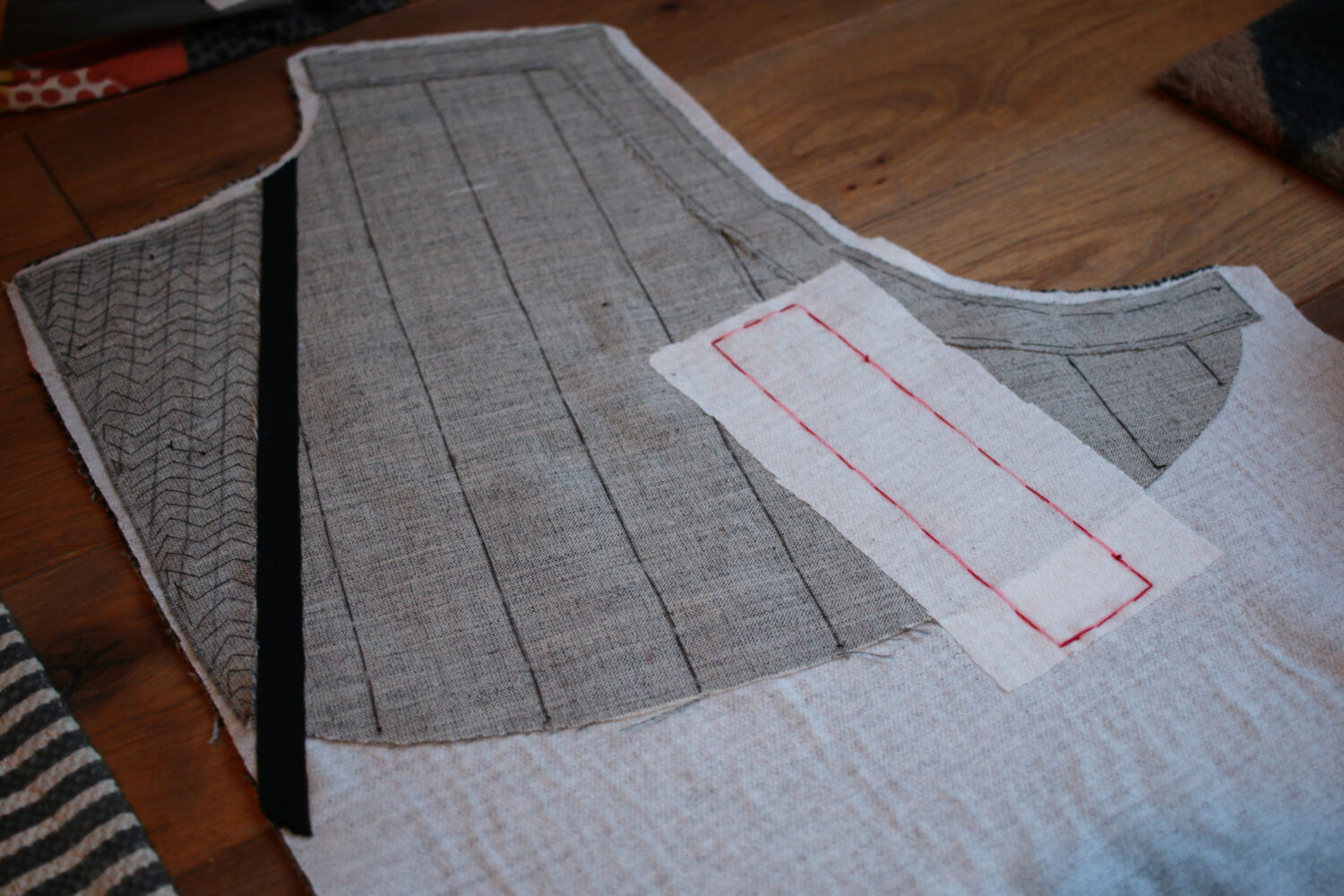Sewing Patterns


Reading a Sewing Pattern
- Purchasing/Making a pattern (sewing perspective) – Helen’s Closet ‘lend’ a pattern ‘envelope’
- Premade pattern/Self made pattern
- Notches – purpose, function, types, marking fabric, best practices
- Grainlines
- Lengthen/Shorten Alterations lines
- Reading a pattern envelope/instructions – determine views, size
- Garment Ease – why, how much, placement, negative ease
- Seam allowance – purpose and function, size, best practices
Pattern Markings
Tip: When placing markings on a pattern – think about the order of construction of the garment, and what markings will be most relevant to the sewer when the garment is being sewn together.


